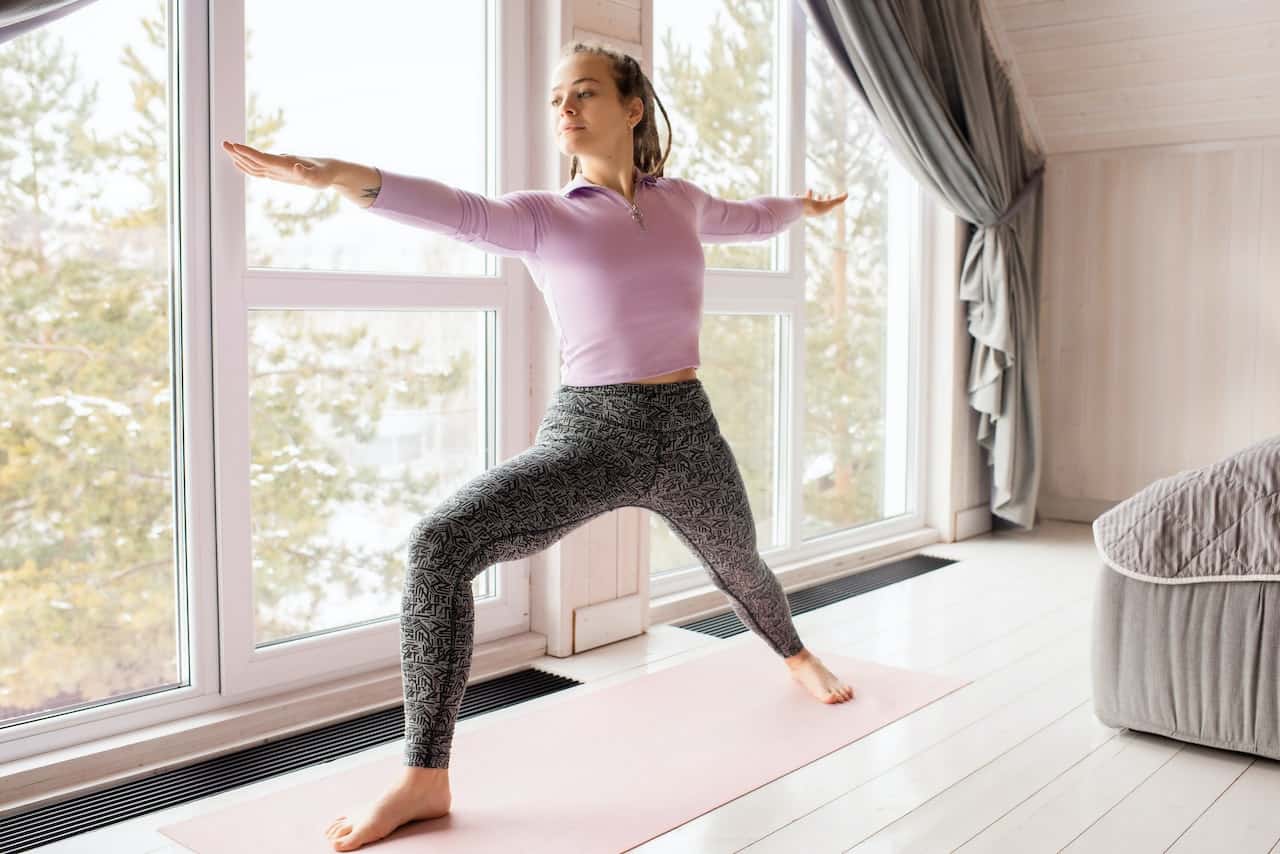Bikram Yoga, often referred to as “hot yoga,” is a unique style of yoga practiced in a room heated to approximately 105°F (40°C) with a humidity of around 40%.
This form of yoga consists of a series of 26 postures and 2 breathing exercises, each performed twice in a 90-minute session.
What is Bikram Yoga
The practice of Bikram Yoga was developed by Bikram Choudhury in the 1970s.
Born in Calcutta, India, Choudhury began practicing yoga at a young age and later devised this specific sequence of postures after a weightlifting accident.
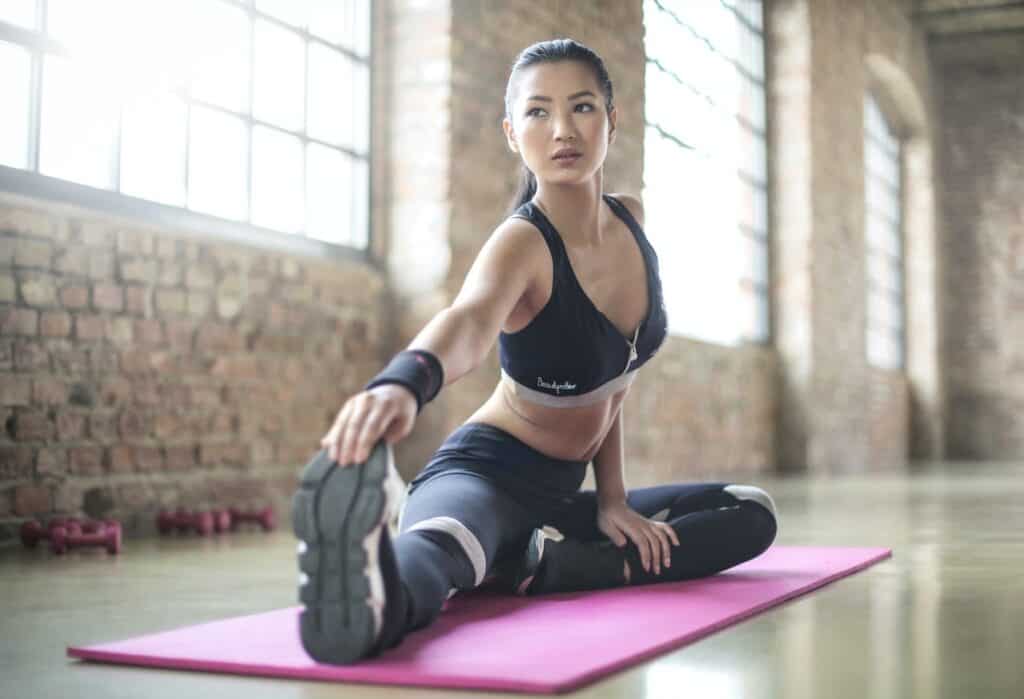
He believed that the combination of heat and specific postures could provide therapeutic benefits, and thus, Bikram Yoga was born.
Choudhury introduced his method to the United States in the early 1970s, where it quickly gained popularity.
The Basics of Bikram Yoga
- Structured Sequence: Unlike other yoga styles where sequences can vary, Bikram Yoga follows a strict order of postures.
- Heated Environment: The room’s high temperature is designed to warm up the body, allowing for deeper stretches and reducing the risk of injury.
- Beginner-Friendly: While challenging, the practice is suitable for all levels, from beginners to advanced practitioners.
Postures and Breathing Exercises
The core of Bikram Yoga lies in its 26 postures and 2 breathing exercises.
These range from standing and balancing poses to backbends and twists.
Here’s a brief overview:
| Posture | Benefit |
|---|---|
| Pranayama (Standing Deep Breathing) | Prepares the body for the session, enhances lung capacity |
| Ardha Chandrasana (Half Moon Pose) | Strengthens core muscles, improves spinal flexibility |
| Utkatasana (Awkward Pose) | Strengthens thighs and hips, improves balance |
| Garurasana (Eagle Pose) | Improves balance, strengthens calves and ankles |
| Dandayamana-Janushirasana (Standing Head to Knee Pose) | Increases arm strength, improve balance and posture |
| Dandayamana-Dhanurasana (Standing Bow Pose) | Strengthens legs, stretches torso, improves the cardiovascular system |
| Tuladandasana (Balancing Stick Pose) | Strengthens heart, works all major muscle groups |
| Dandayamana-Bibhaktapada-Paschimotthanasana (Standing Separate Leg Stretching Pose) | Stretches spine and hamstrings, improves digestion |
| Trikanasana (Triangle Pose) | Relaxes the body, prepares for floor series |
| Dandayamana-Bibhaktapada-Janushirasana (Standing Separate Leg Head to Knee Pose) | Improves metabolism, stretches spine and shoulders |
| Tadasana (Tree Pose) | Improves posture, increases hip flexibility |
| Padangustasana (Toe Stand Pose) | Strengthens knees and ankles, develops concentration |
| Savasana (Dead Body Pose) | Strengthens the spine, opens chest and shoulders |
| Pavanamuktasana (Wind Removing Pose) | Improves digestion, strengthens arms and core |
| Bhujangasana (Cobra Pose) | Increasing strength in the middle spine improves posture |
| Salabhasana (Locust Pose) | Strengthens upper spine, improves flexibility |
| Poorna-Salabhasana (Full Locust Pose) | Strengthens the entire spine, opens chest and shoulders |
| Dhanurasana (Bow Pose) | Strengthens and improves flexibility of the lower spine |
| Supta-Vajrasana (Fixed Firm Pose) | Stretches shoulders and spine, relaxes the body |
| Ardha-Kurmasana (Half Tortoise Pose) | Stretches and strengthens the spine, improves digestion |
| Ustrasana (Camel Pose) | Opens chest and shoulders, strengthens back |
| Sasangasana (Rabbit Pose) | Stretches and strengthens spine, improves digestion |
| Janushirasana with Paschimotthanasana (Head to Knee Pose with Stretching Pose) | Improves digestion, stretches hamstrings and spine |
| Ardha-Matsyendrasana (Spine Twisting Pose) | Increases spinal flexibility, improves digestion |
| Kapalbhati in Vajrasana (Blowing in Firm Pose) | Strengthens abdominal organs, improves oxygenation |

The significance of the heated room
The heated environment in Bikram Yoga is not merely for added challenge. The warmth:
- Promotes sweating, aiding in detoxification.
- Increases blood flow, improving circulation.
- Helps in softening the muscles, facilitating a deeper stretch.
Bikram Yoga Benefits
- Improved flexibility: The heat allows muscles to stretch more easily, leading to increased flexibility over time.
- Strengthening of muscles: Many of the postures target specific muscle groups, promoting strength and endurance.
- Detoxification through sweating: The intense heat induces heavy sweating, helping to flush toxins from the body.
- Stress reduction: The focused nature of the practice, combined with deep breathing, can significantly reduce stress and promote relaxation.
- Enhanced focus and concentration: Holding postures requires concentration, training the mind to stay present.
- Emotional balance: Regular practice can lead to improved mood and emotional stability, thanks to the release of endorphins and the meditative aspect of the practice.
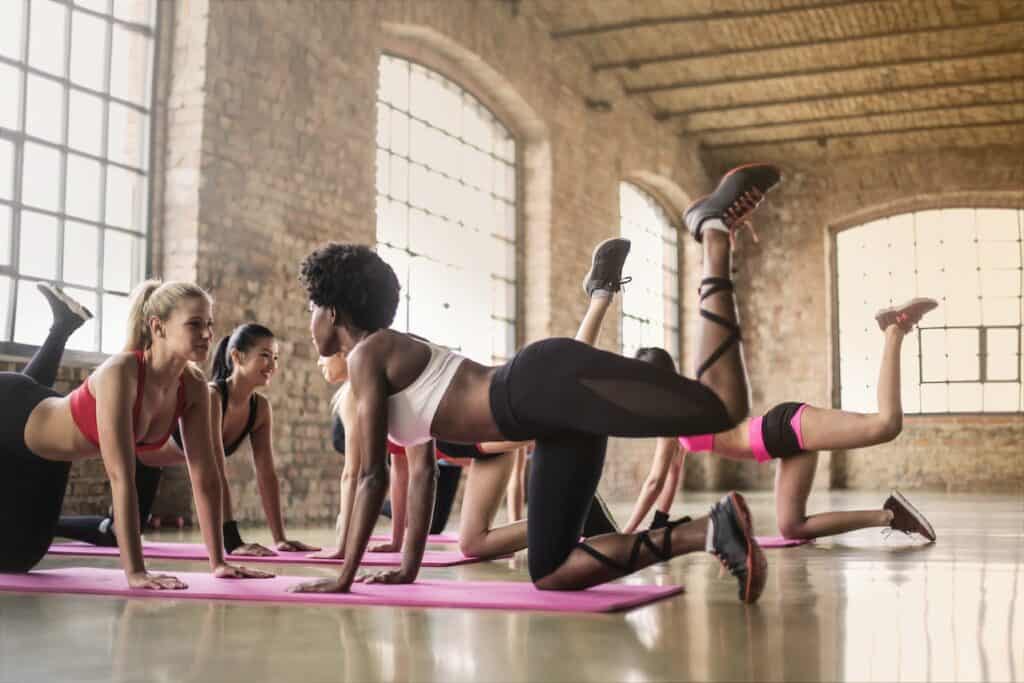
Bikram Choudhury
Bikram Choudhury’s journey into the world of yoga began at a tender age in Calcutta, India.
By the age of 13, he had already won the National India Yoga Championship.
His deep passion for yoga was further ignited after a severe weightlifting accident, which led him to develop the Bikram Yoga sequence.
He believed that the specific sequence of postures, combined with the heated environment, had therapeutic properties that not only healed his injury but also benefited others with various ailments.
While Bikram Choudhury’s yoga practice has garnered a vast following, his personal and professional life hasn’t been without controversy. Over the years, several allegations of sexual misconduct have been leveled against him, leading to multiple lawsuits.
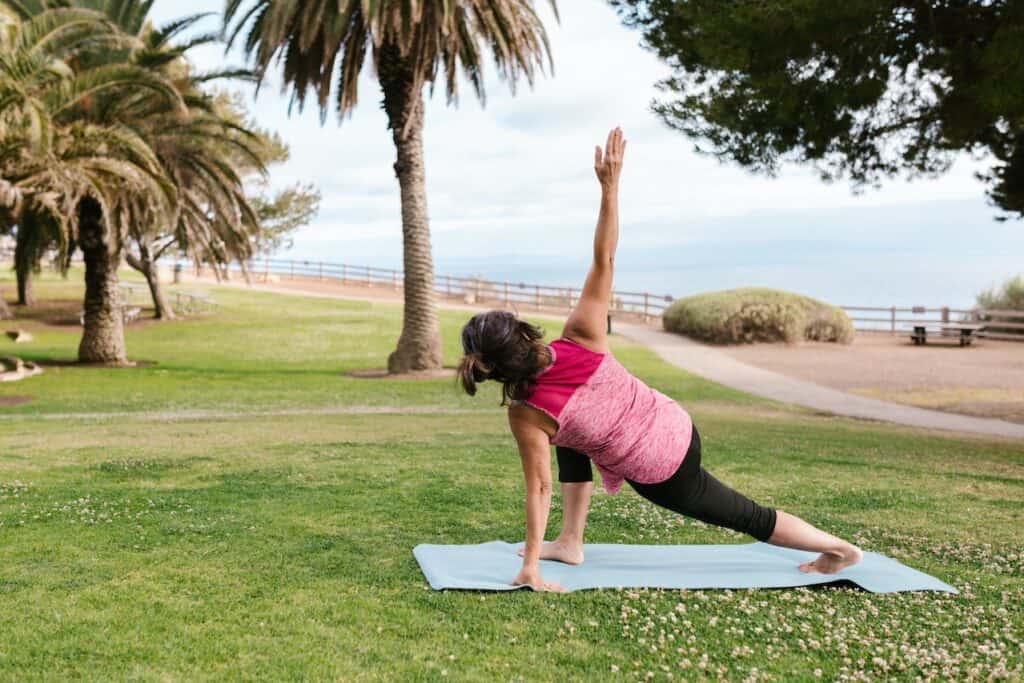
Additionally, Choudhury’s attempt to copyright the Bikram Yoga sequence sparked debates about the commercialization and ownership of ancient practices.
Comparison with Hatha, Vinyasa, and Ashtanga
- Hatha Yoga: Often considered the foundation of all yoga styles, Hatha focuses on basic postures and breathing. Unlike Bikram, it doesn’t follow a fixed sequence and isn’t practiced in a heated environment.
- Vinyasa Yoga: Known for its fluid transitions between postures, Vinyasa is often called “flow yoga.” While it can be practiced in a heated room, the sequence is more varied than Bikram.
- Ashtanga Yoga: This rigorous style consists of six series of specific postures. Like Bikram, it has a fixed sequence, but it’s not typically practiced in a heated room.
What to wear and bring
- Clothing: Opt for lightweight, breathable, and moisture-wicking attire. Think tank tops, shorts, or leggings.
- Yoga Mat: While most studios provide mats, bringing your own ensures hygiene and comfort.
- Towel: Given the intense sweating, a large towel to place over your mat can be beneficial.
- Water Bottle: Staying hydrated is crucial, so bring a refillable water bottle.
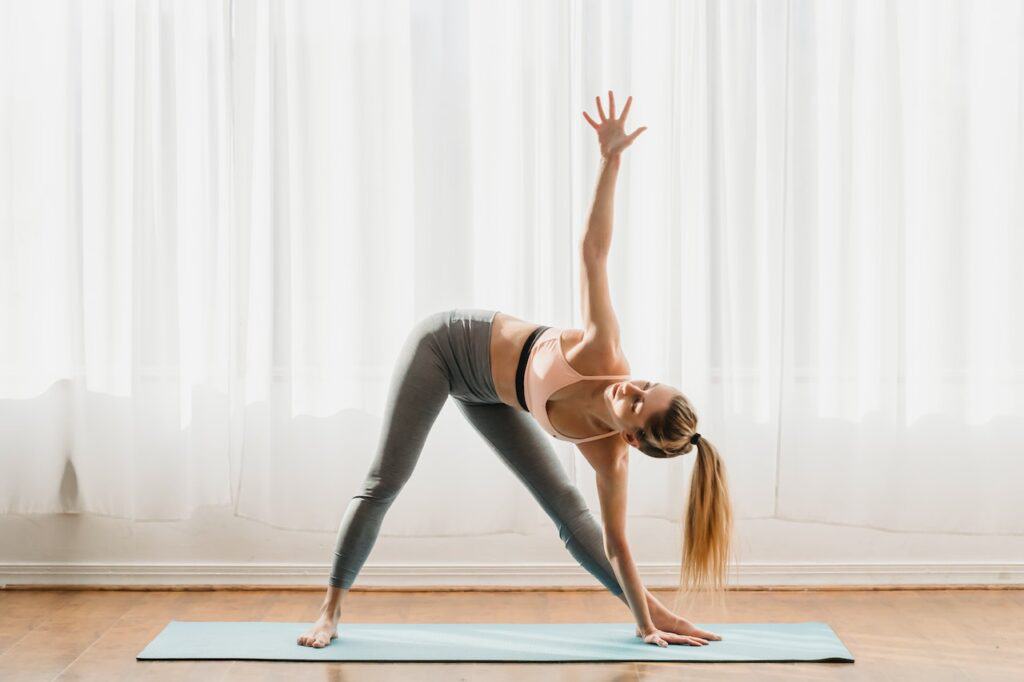
Potential risks and how to avoid them
While Bikram Yoga offers numerous benefits, potential risks include:
- Dehydration: Intense sweating can lead to dehydration. It’s crucial to hydrate before, during, and after class.
- Overstretching: The heat can sometimes give a false sense of flexibility, leading to overstretching. Always listen to your body and avoid pushing too hard.
- Heat-related illnesses: Overexertion in a heated environment can lead to heat exhaustion or heat stroke. If feeling dizzy or nauseous, it’s essential to rest and cool down.
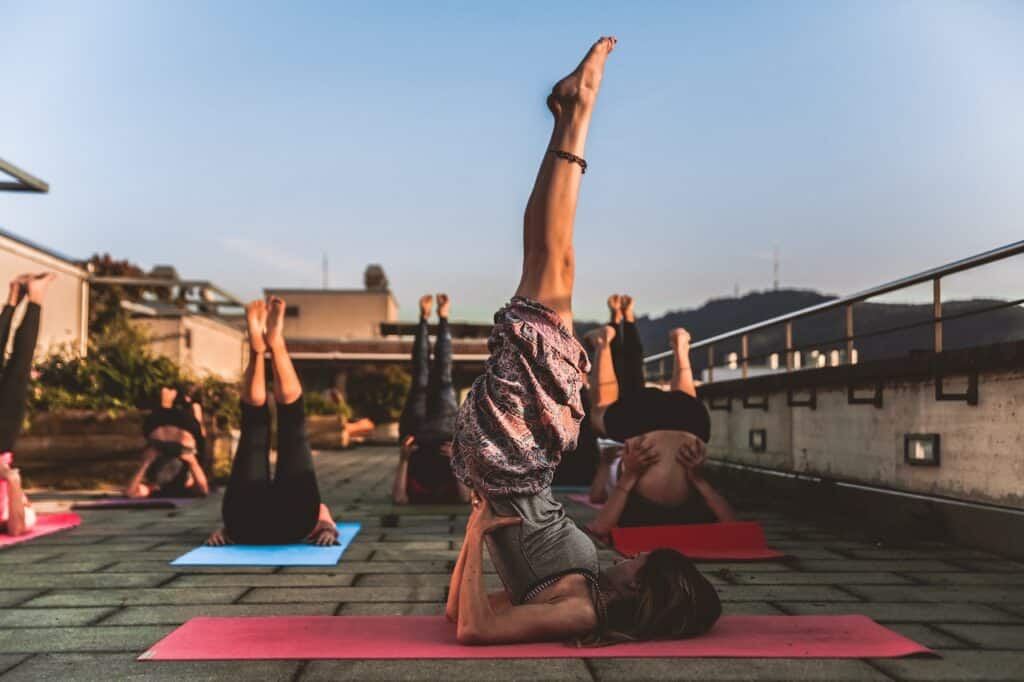
Consistent practice has shown to:
- Boost Immunity: The detoxifying sweat, combined with the postures, can enhance the immune system.
- Improve Mental Well-being: Many report reduced stress, anxiety, and depression levels.
- Enhance Cardiovascular Health: The heat and postures can improve blood circulation and heart health.
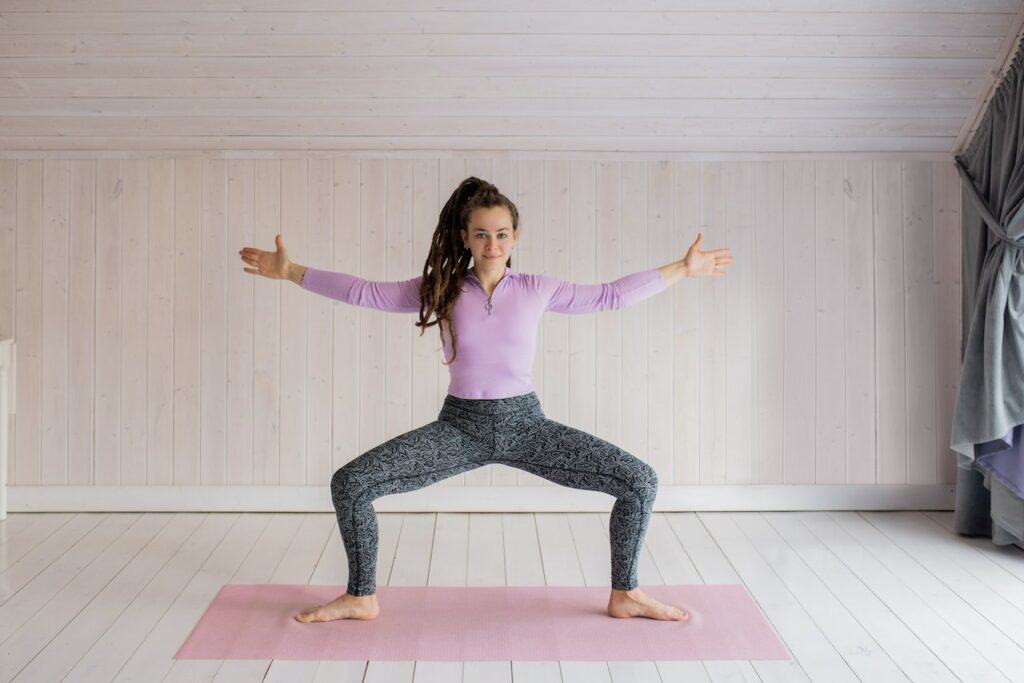
In Conclusion
From its humble beginnings in Calcutta, Bikram Yoga has grown into a global phenomenon.
With thousands of studios worldwide, its impact on health and wellness is undeniable.
Its unique blend of heat, postures, and philosophy has resonated with millions, transcending cultural and geographical boundaries.
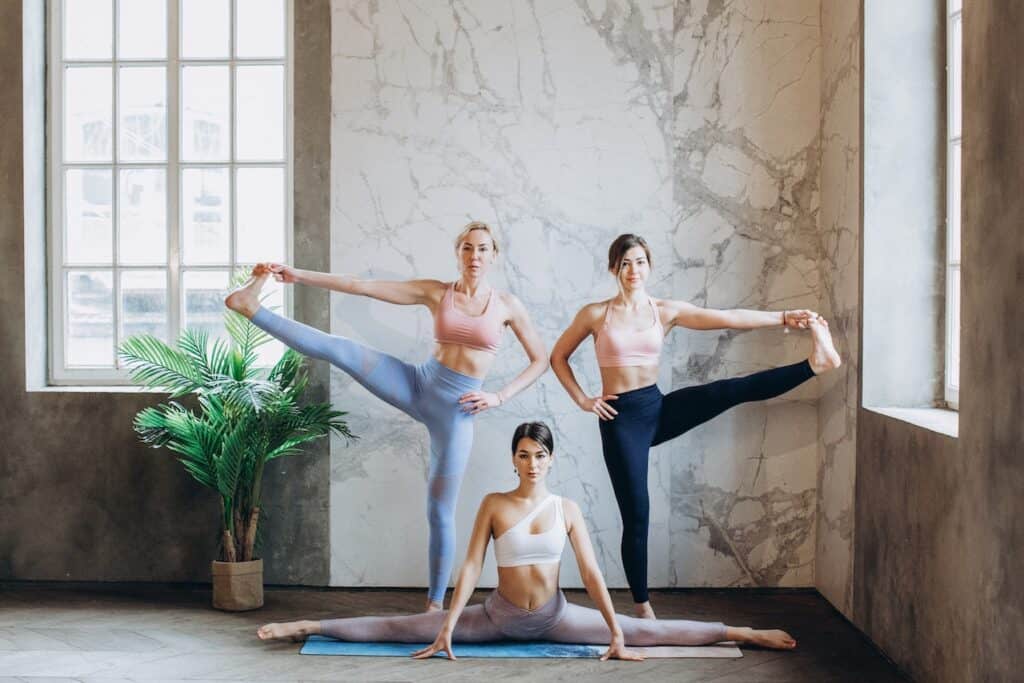
References
- Choudhury, Bikram. Bikram Yoga. HarperCollins, 2007.
- Smith, John. The Healing Power of Hot Yoga. Yoga Publications, 2015.
- Bikram Yoga Official Website
- Doe, Jane. “My Journey with Bikram Yoga.” Yoga Journal, 2018.
